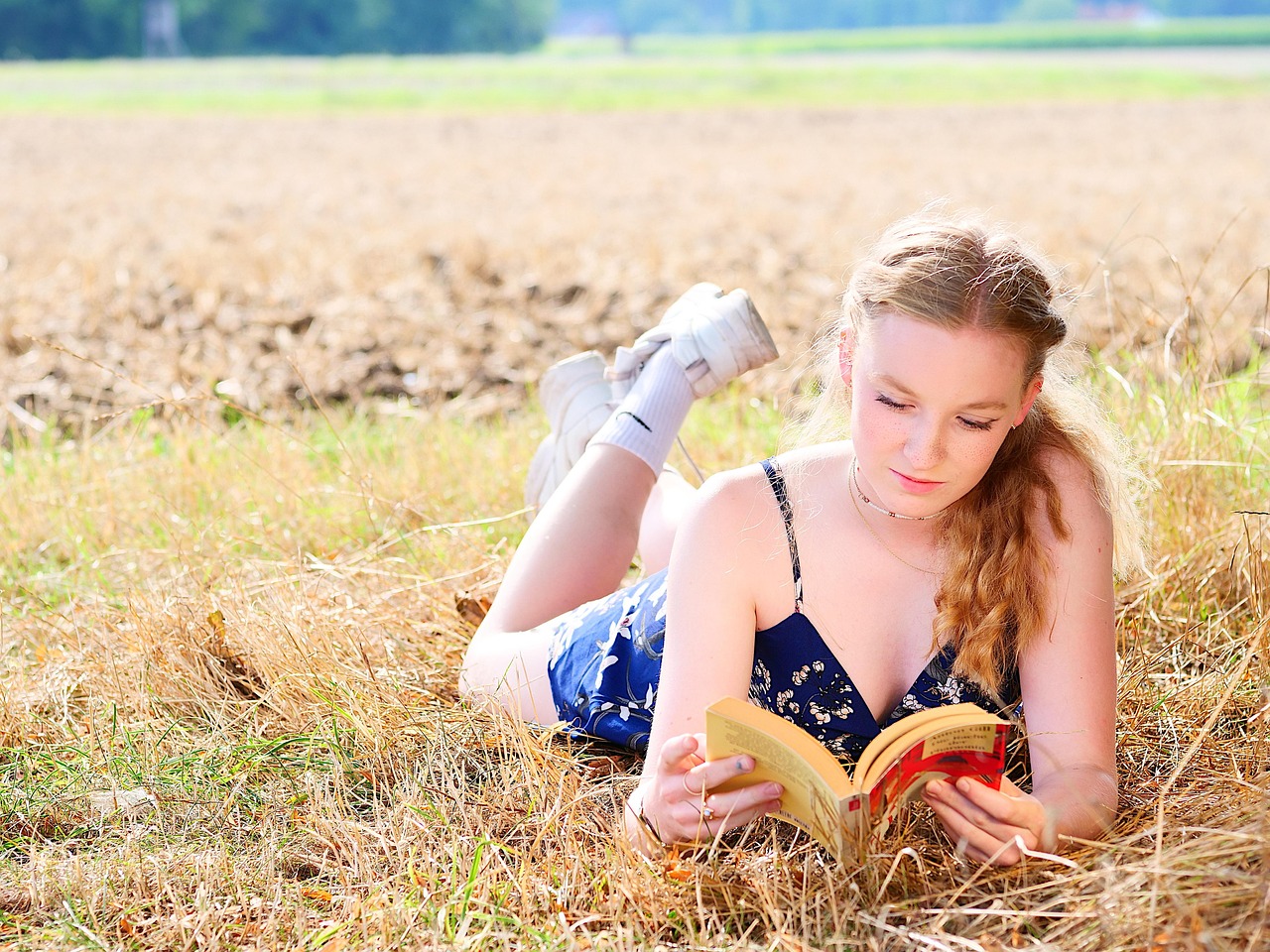The Book Thief by Markus Zuzak Boy Swallows Universe by Trent Dalton The Secret History…
The beautiful are the damned in classic and contemporary literature
It makes sense that fashion models, and even actresses, are beautiful. Fashion and film are visual mediums, and beauty can offer a sense of glamour, representing a lifestyle to which consumers or viewers can aspire.
It would seem to me that beauty is less central to literature, which aims to uncover truths of the human condition. However, from childhood fairy tales to classic and contemporary novels, beauty is central to the lives and experiences of fictional women.
I have recently been reading a book of fairy tales to my children, and it is difficult to ignore the importance of beauty in these books. From Aladdin falling in love with the princess on first sight, to the stepmother’s rage at her mirror’s claims that Snow White was fairer than she, the only women who are less than breathtakingly beautiful are the Ugly Stepsisters. We all know how that story ends.
In fairy tales, to be ugly is to be cruel and envious, while to be beautiful is to be kind and pure.
However, in grown up literature, beauty serves a different purpose, no longer as a harbinger of a happy ever after, but with more ominous connotations.
In classic and contemporary novels, beauty is more likely to be central to the downfall of a character – no longer their saving grace, but the source, or at least a sign, of their eventual destruction. They can almost be seen as fairy tales gone wrong; of a beautiful woman come undone.
Some memorable examples of beautiful characters who, unlike their fairy tale counterparts, are not saved by a knight in shining armour but damned by him include Anna Karenina and Madame Bovary. This correlation between beauty and disaster is particularly clear in Anna Karenina, in which Anna seems to become more beautiful the further she travels towards her doom.
While it was their flawed decisions, in some ways precipitated and exacerbated by the worlds in which they lived, that led to their downfalls, their beauty heightens the tragedy, and even explains it. How could the men in their lives not adore them, and draw them away from the security and normality of their lives with their husbands? It is hard not to detect a moral lesson in this depiction of female beauty.
In The Beautiful and the Damned, F Scott Fitzgerald writes,
“There’s no beauty without poignancy and there’s no poignancy without the feeling that it’s going, men, names, books, houses–bound for dust–mortal–”
And perhaps this is a tool used by writers to heighten the tragedy of a downfall. It is not only a life that has been passed, but also one of life’s great beauties. Can the plain and pimply ignite such a sense of loss?
In The Great Gatsby, Daisy’s beauty does not save her from the cruelty of her husband, and rather than the adored and fortunate figure she might have seemed to be at the start of the novel, the reader comes to understand that she is a tragic figure trapped in a marriage she does not have the courage to escape. And, it is her beauty that ensures her husband will be unwilling to let her go.
In Elena Ferrante’s Neapolitan novels, Lila is a natural beauty, but this does not save her from her misfortunes, and in some ways, might have been the source of them. In particular, one of the most powerful men in the neighbourhood, Michele has a fixation on Lila that is a burden and frustration to both, and possibly even the root of Lila’s great sadness in the final book.
Beauty is certainly a curse for Mina in The Fish Girl. In Mirandi Riwoe’s Stella Prize shortlisted novella, Mina leaves her small fishing village for the house of a Dutch merchant. Her beauty draws the attention of those she encounters in her new home, and while occasionally this attention might be positive, it seems inevitable that Mina will ultimately suffer as a result of those attentions.
In The Painted Veil, W. Somerset Maugham takes a different approach, presenting Kitty as a flawed beauty, and he explains that some of her troubles are a result of this not-quite-perfect appearance. While Kitty was pretty – far more so than her sister, who as a result, never expected more from life than a modest husband – her nose was slightly too long. And so, Maugham portrayed Kitty as being unfortunate – an ‘almost there’ beauty who misses out on making a desirable match, falling into marriage with the boring and earnest Walter.
Conversely, it is often the plain who tend to triumph in more modern literature. In the bestselling Eleanor Oliphant is Completely Fine, the badly dressed and awkward Eleanor moves towards happiness and redemption, and even the prospect of a shy and quiet relationship.
While there are no fireworks with her friend, Raymond, there is a sense of calm and contentment that does not exist in the more dramatic love stories.
In The Rosie Project, while Don might be besotted with Rosie, her beauty would seem to be of the more ordinary kind, and her attraction lies in her individuality.
Author Caitlin Moran spoke in a Penguin podcast about her disappointment, and that faced by most women, at not being considered to be ‘a beauty’. She said that this was a harsh realisation, given the emphasis on feminine beauty in western culture. To discover that she didn’t believe that she met a benchmark that had been set by the media, film, advertising and even storytelling was quite a blow.
In response, perhaps literature offers a kind of consolation prize for the plain. They might not experience the fire and passion of the gorgeous, but neither do they suffer their dramatic and tragic downfall. Or are these more ordinarily modern characters just a reflection of reality, and the small events and circumstances that make a life?
Ultimately, I am happy that, in modern literature, there seems to be less moral value ascribed to beauty. As in life, beauty is not a portent of a happy ever after, or of great tragedy; it is just one small part of a woman’s story.




Comments (0)